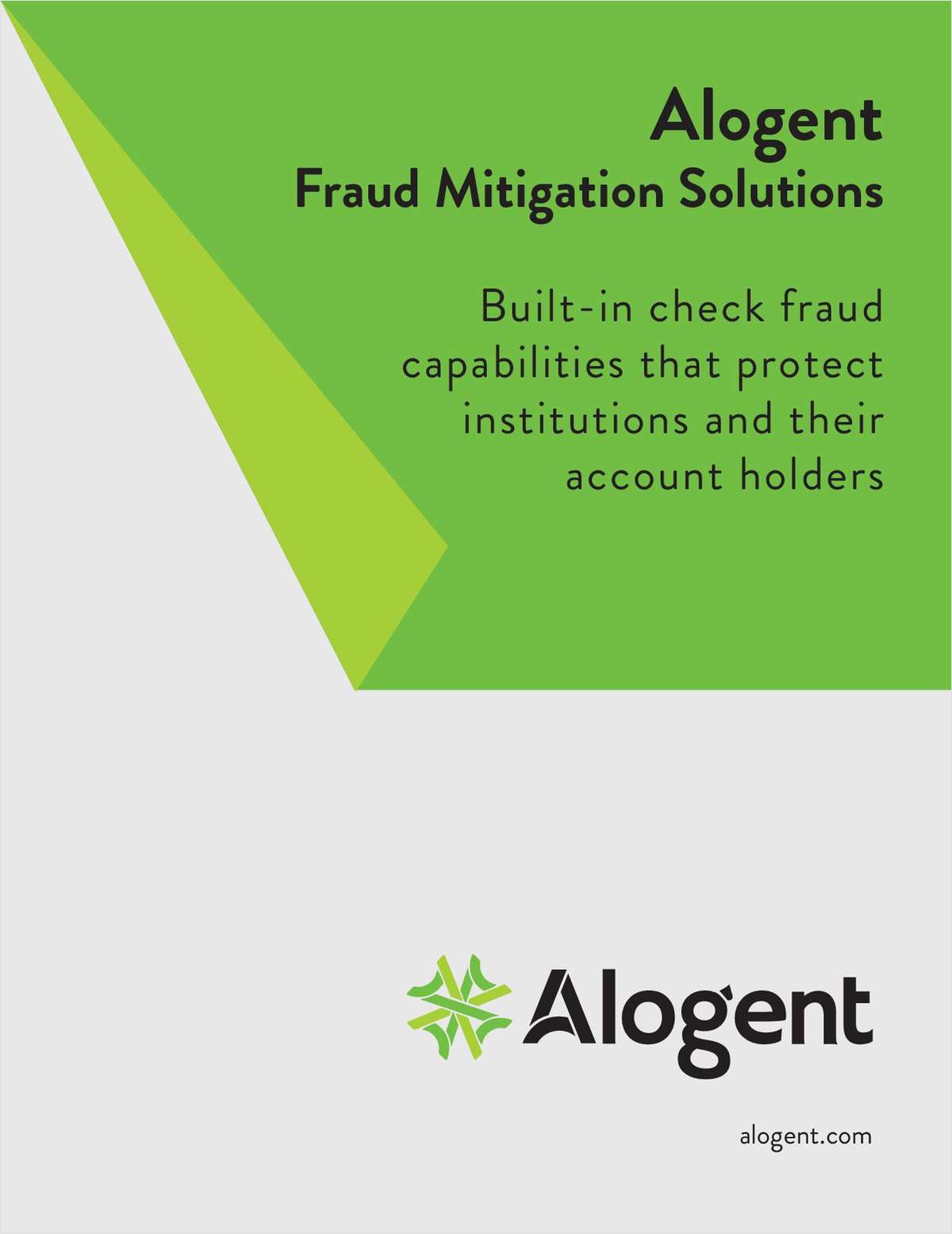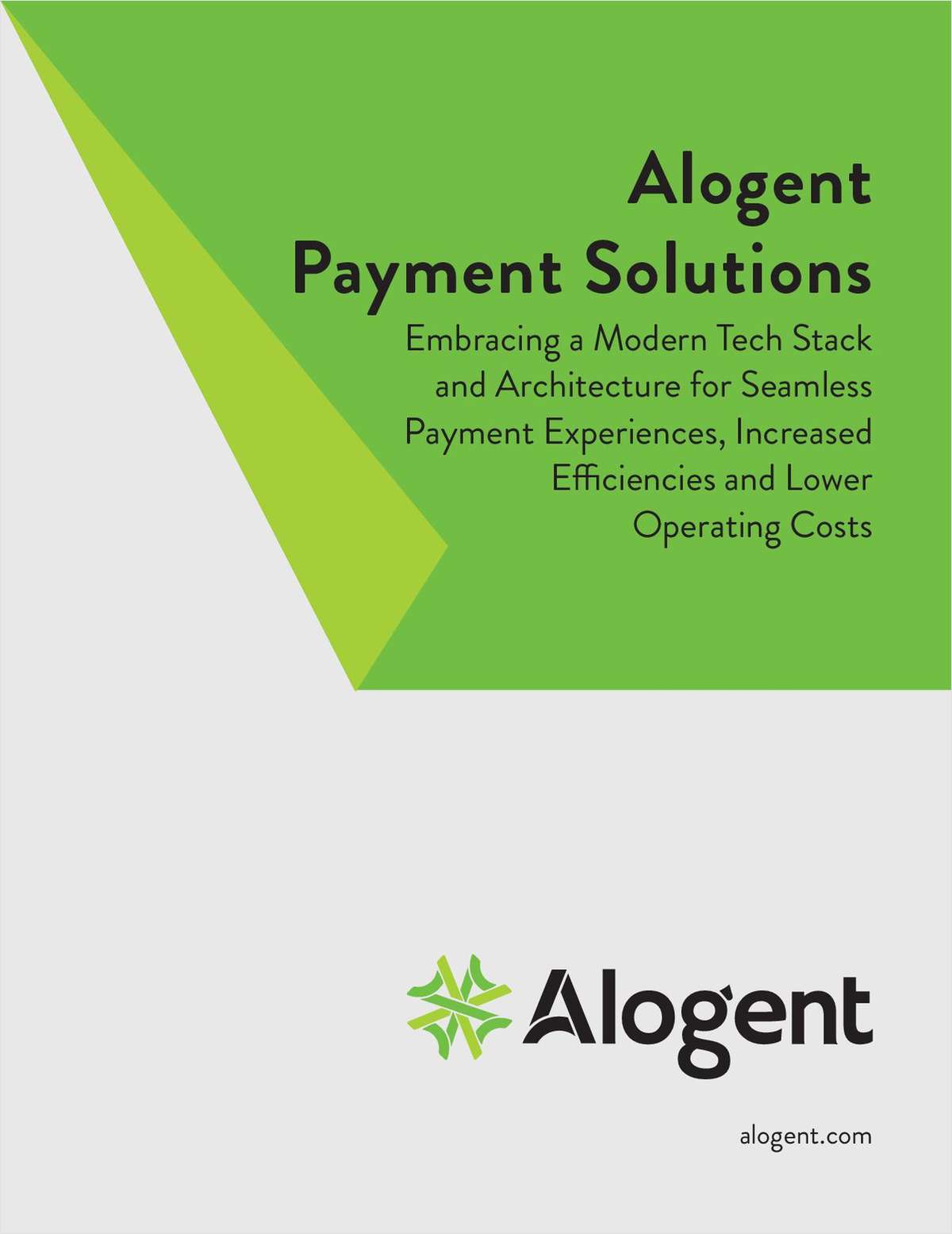WARRENVILLE, Ill. – Pulling off the largest corporate credit union merger in history takes time, and leaders of the two corporates aren't rushing the process. The merger of the $4.4 billion Mid-States Corporate and the $890 million Minnesota Corporate announced last November is far and away the largest corporate CU merger ever. The one nearest it was the INDICORP/Mid-States corporate merger. While some corporate CU merger deals close quickly, Mid-States President/CEO Dave Preter says the two corporates aren't out to set any records for a fast closing, rather they want to make it a smooth transition for the member credit unions of both corporates. "Our membership, staff and NCUA all want to see this as the most successful merger in credit union history. We've dedicated almost eight full-time employees to the planning for upfront and after the merger," said Preter. The merging corporates are taking a unique approach. Rather than merging and then doing all the system conversions and other back-office transitions, they are laying the ground work pre-merger. In fact most of the pieces will be in place before the merger application is actually submitted to NCUA. Preter said this is a bit risky in the fact that NCUA could, though there's no reason to think they would, shoot down the merger. Also, the membership has yet to even vote on the merger. Doing all the work pre-merger is also an expensive process. The corporates chose to go this route so that credit unions won't experience any service changes post-merger. "The bottomline is we want to create the least disruption to the credit unions in Minnesota as possible," said Preter. Far and away the most time consuming issue has been the IT systems. The effort includes Mid-States building a bridge to the Minnesota system that will allow Minnesota credit unions to use their same system post-merger. "The IT systems were a bigger area than we originally thought," said Preter. The two corporates run on different systems, yet another interesting issue is what system Mid-States will eventually wind up using. With U.S. Central moving away from the legacy EDS CCUN system and to a Symitar system, many corporates are also now making core processing changes. Other than Symitar, Open Solutions Inc. has become a popular system for corporates, including Corporate One, Southeast Corporate, Georgia Central, and Constitution State Corporate. Preter said Mid-States is going to keep a close eye on how system conversions go for other corporates before making a decision. Another time consuming merger issue has been the changes to NCUA's corporate CU reg, Part 704. "We've had to review that and look at it closely and it has caused us to change some of the internal things we're doing," said Preter. Preter said Mid-States needed to take the time to ensure all of its policies and procedures were updated to reflect the changes made in the revision. Mid-States decided to adopt the standard bylaws recommended by the agency. "Although these items would appear to be easy to revise and did not directly affect our merger, we needed to ensure everything was in place as part of the merger. Once the changes had been made it took several months to gain Mid-States' Board understanding, support and feedback. Approval from the agency had to be given on the revised bylaws. As with most issues, we took a little extra time to ensure Minnesota's Board was aware of the changes we were making." NCUA is playing an active role in the whole process, said Preter. The corporate has sent several different drafts and information to them over the months to make sure things are on track. "The process is a very difficult process. We have had a great relationship with the agency. They've been consistent in helping us," said Preter. The official merger application is not into NCUA as of yet. "We are probably 95% done with our application internally. We hope to submit it by the end of September." The corporates are also hoping to close the deal by the end of this year. Capital issues can be sticky in corporate mergers. Sometimes credit union members of acquired corporates get concerned about losing capital they've built up in their corporates In this merger, no portion of Minnesota's reserves and undivided earnings will be returned to Minnesota's credit unions. The capital will become part of the capital base of Mid-States. "This is per Minnesota's direction. They believe the combined organization should be as strongly capitalized as possible," said Preter. Initially Minnesota CUs won't see changes to their account structure post-merger, another move designed to ease the burden on the credit unions. Preter hopes credit unions and the industry in general understand the complexity of pulling off a merger this size. One way the corporates are doing that with their own members is through merger updates sent out via e-mail and posted on their Web sites. The most recent update was an August 11 e-mail. That update explained that Mid-States has created a Project Management Office in July to coordinate merger activities. It consists of six teams, each tackling a different area. The corporates also have a Merger Steering Committee comprised of executives of both corporates who will oversee merger plans and ensure things are on track. -
Complete your profile to continue reading and get FREE access to CUTimes.com, part of your ALM digital membership.
Your access to unlimited CUTimes.com content isn’t changing.
Once you are an ALM digital member, you’ll receive:
- Breaking credit union news and analysis, on-site and via our newsletters and custom alerts
- Weekly Shared Accounts podcast featuring exclusive interviews with industry leaders
- Educational webcasts, white papers, and ebooks from industry thought leaders
- Critical coverage of the commercial real estate and financial advisory markets on our other ALM sites, GlobeSt.com and ThinkAdvisor.com
Already have an account? Sign In Now
© 2024 ALM Global, LLC, All Rights Reserved. Request academic re-use from www.copyright.com. All other uses, submit a request to [email protected]. For more information visit Asset & Logo Licensing.









